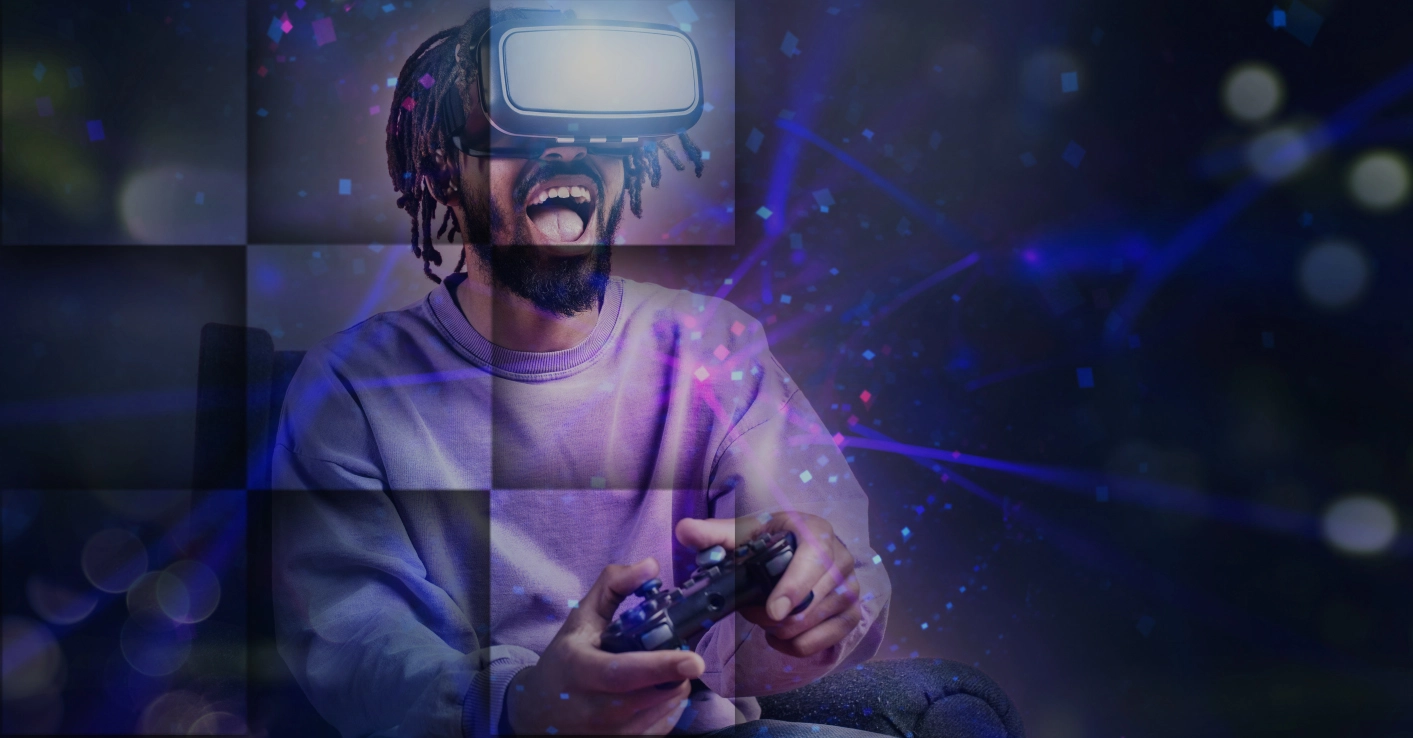Unveiling the Latest Updates in Wearable Technology: Stay Ahead of the Game

Wearable technology has become an integral part of our lives. These devices have revolutionized our interactions with technology, from fitness trackers to smartwatches. Wearable technology refers to electronic devices or accessories worn on the body, either as an implant or an attachment. These devices are designed to enhance the user’s experience by providing real-time information and connectivity.
Table of Contents
The Evolution of Wearable Technology
The journey of wearable technology began with the invention of the calculator watch in the 1970s. Since then, there have been significant advancements in the field. Introducing Bluetooth technology and miniaturized sensors paved the way for more sophisticated wearable devices. Today, we have smartwatches that can monitor our heart rate and sleep patterns and even make phone calls. The need for convenience and accessibility has driven the evolution of wearable technology.
Latest Updates in Wearable Technology
The latest wearable technology updates have brought exciting new features and functionalities. One critical update is the integration of artificial intelligence (AI). AI-powered wearables can analyze real-time data, providing personalized insights and recommendations. For example, smartwatches can detect abnormal heart rhythms and alert the wearer to seek medical attention. This feature has the potential to save lives and improve overall health outcomes.
Another significant update is incorporating augmented reality (AR) and virtual reality (VR) in wearable devices. AR overlays digital content onto the real world, while VR creates a fully immersive experience. These technologies have applications in various industries, such as healthcare and education. For instance, surgeons can use AR glasses to visualize patient data during complex procedures, enhancing precision and accuracy.
Benefits of Wearable Technology in the Workplace
Wearable technology is not limited to personal use; it has also entered the workplace. Employers are increasingly adopting wearable devices to enhance productivity and safety. For example, construction workers can wear smart helmets that monitor their vital signs and detect fatigue. This information can be used to prevent accidents and ensure the well-being of employees. Furthermore, wearable devices can track employee movements and provide real-time feedback, improving efficiency and workflow.

Real-Time Updates in Wearable Technology
Real-time updates play a crucial role in wearable technology. These updates ensure that users have access to the latest information and functionalities. For example, fitness trackers can sync with smartphone apps to provide real-time updates on steps taken, calories burned, and heart rate. This information helps users make informed decisions about their health and fitness goals. Additionally, real-time updates enable wearable devices to adapt to changing circumstances, such as weather conditions or location.
Wearable Technology Trends to Watch Out For
The future of wearable technology looks promising, with several trends on the horizon. One of the trends to watch out for is the integration of biometric sensors. These sensors can measure various physiological parameters, such as blood pressure and glucose levels. This data can be used to provide personalized health recommendations and detect early signs of illness. Another trend is the development of bright clothing, which incorporates sensors and conductive fabrics. Bright clothing monitors vital signs, tracks movement, and even charges electronic devices.
How Wearable Technology is Transforming Industries
Wearable technology is transforming industries in remarkable ways. In healthcare, wearable devices are revolutionizing patient care. Doctors can remotely monitor patients’ health conditions and provide timely interventions. Wearable devices also enable individuals to take control of their health by tracking their fitness levels and managing chronic conditions. In the retail industry, wearable technology is being used to enhance the shopping experience. Customers can try on virtual clothing using AR mirrors or receive personalized recommendations based on their preferences.
Challenges and Concerns with Wearable Technology
While wearable technology offers numerous benefits, it has its fair share of challenges and concerns. One of the primary concerns is privacy and data security. Wearable devices collect vast personal data, including health information and location data. Manufacturers must ensure that this data is protected and used responsibly. Another challenge is the interoperability of wearable devices. Different manufacturers use different operating systems and protocols, making it challenging to integrate devices seamlessly.
Implementing Wearable Technology in Your Organization
If you are considering implementing wearable technology in your organization, there are a few factors to consider:

- Identify the specific goals and objectives you want to achieve with wearable devices. This will help you choose the suitable devices and functionalities.
- We will research different wearable devices available on the market, considering factors such as compatibility, ease of use, and data.
- Develops develop a comprehensive implementation plan that includes training, support, and regulations
Updates.
What are the Latest Updates in Wearable Technology, and How Do They Enhance User Experience?
The latest updates in wearable technology have significantly enhanced the user experience. For example, the integration of voice recognition technology allows users to control their devices through voice commands. This hands-free experience is beneficial when manual interaction is not feasible. Additionally, advancements in battery technology have improved the battery life of wearable devices. Users can now enjoy longer usage time without the need for frequent charging.
Conclusion
Wearable technology has come a long way since its inception. The latest updates have brought about exciting features and functionalities that enhance the user experience. From AI-powered smartwatches to AR-enabled glasses, these devices can potentially transform industries and improve our lives. However, privacy concerns and interoperability issues must be addressed to ensure wearable technology’s responsible and seamless integration. By staying up-to-date with the latest updates and trends, you can stay ahead of the game and leverage the power of wearable technology in your personal and professional life.






